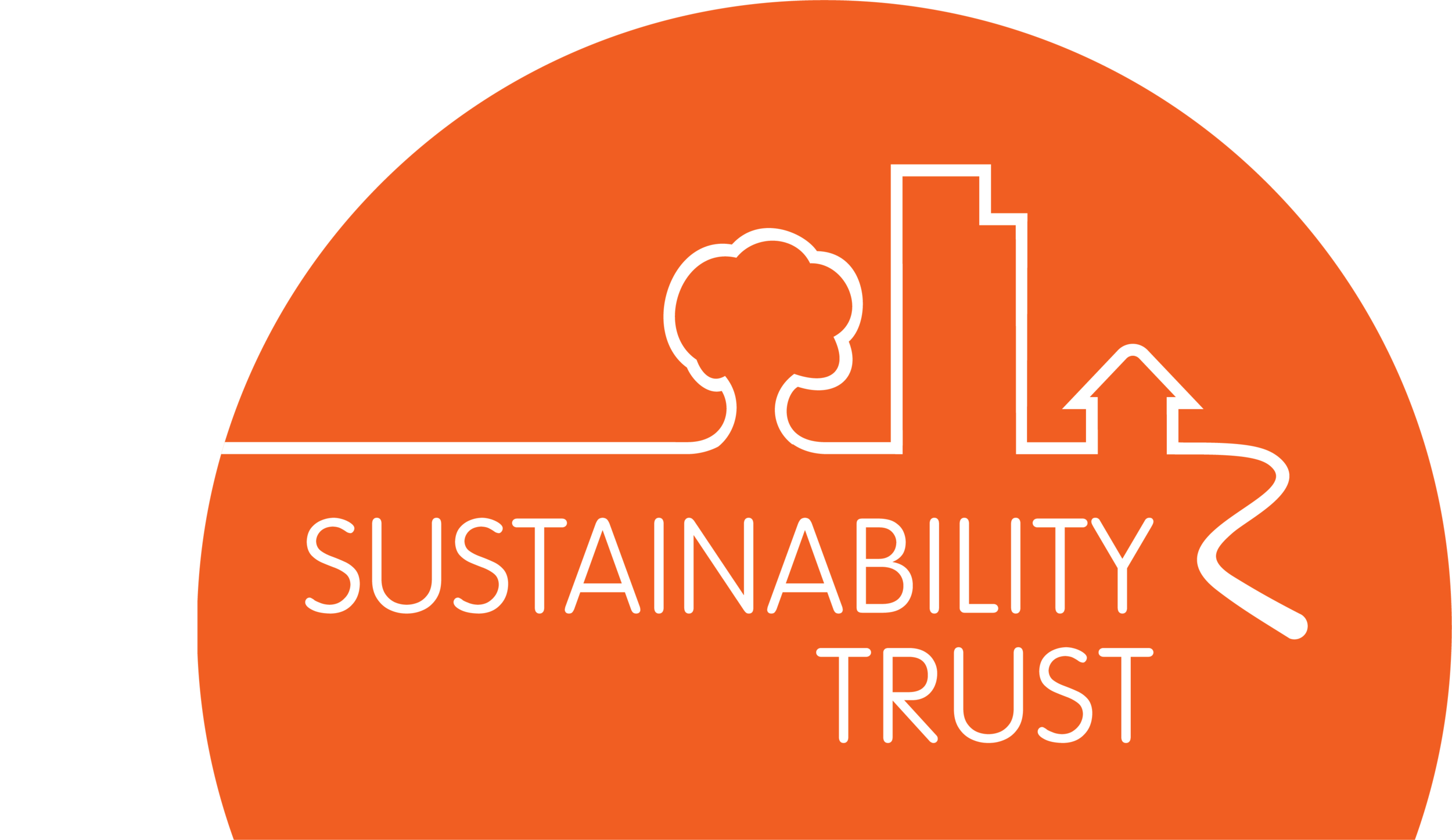Potentially fatal flaws in proposed insulation regulations
Published 26 January 2016
Our thoughts on the Residental Tenancies Amendment Bill
A proposed bill on insulation could put lives and homes at risk if the Government doesn’t get the detail right, says Wellington social enterprise Sustainability Trust.
The Residential Tenancies Amendment Bill, out for public consultation until January 27, would make fitting ceiling and underfloor insulation and smoke alarms in most rental homes compulsory.
“The bill is a great start toward healthier homes for vulnerable people,” says Sustainability Trust chief executive Phil Squire.
“But work needs to be done on the nuts and bolts – we think it should be done once, and done right.”
There is little detail in the draft regulations, being prepared by Ministry of Business, Innovation & Employment (MBIE), about how the insulation of around 180,000 homes over three years will be monitored for quality and safety.
“Without proper regulation, corners will be cut and lives may be lost,” says Squire.
“Without approved and regulated installers and an audit system, we may see a rash of injuries and deaths from untrained installers and DIYers as well as house fires from covered downlights.
“We want to see a robust mechanism to ensure tenants are safe, houses are properly insulated to all current codes and standards, and installers are not put at risk.”
The draft regulations effectively allow foil, an underfloor insulation material, as an acceptable product for use – but the installation of it has caused deaths in Australia and New Zealand due to electrocution. Foil was dropped from the Government’s EECA insulation programmes in 2007 following a Coroner’s inquest into the deaths of three Kiwi men electrocuted while installing it during DIY jobs.
Australia followed suit after four men died while installing insulation, two using foil, as part of a government scheme in 2009 and 2010.
“We strongly object to foil being an allowable material in the draft regulations and have concerns about both its safety and the quality of insulation it provides,” says Squire.
“We think all old foil should be replaced with bulk insulation and no new foil allowed.”
The MBIE discussion document acknowledges the risk of death if foil is used and suggests it can be mitigated through an education campaign, setting a workplace standard and the use of an electrical current breaker (an RCD), which could cost between $300 and $1500 per house.
If the Government insists on allowing foil, Squire says, there needs to be strong regulation on who installs it and to what standards.
“Health and safety considerations should be top of mind when putting this legislation in place,” he says.
Sustainability Trust, an approved EECA contractor which has installed insulation in more than 11,000 homes, also say insulation standards should be set at levels consistent with today’s building codes.
The draft regulations would allow those homes with existing insulation that meet the 1978 standards to pass the test, which Squire says is not good enough.
“New homes, Housing NZ properties and older homes insulated under the Government’s WarmUp NZ programme are all required to meet or exceed the current building code and New Zealand insulation standards.
“All families in rental properties should be assured they have well-insulated home, not just those with responsible landlords.”
A rental housing Warrant of Fitness would be the ideal solution to New Zealand’s notoriously damp, cold housing conditions and Squire urges the Government to take a more comprehensive approach to provide warm, dry and safe homes.
“A rental housing WoF would go further than just insulation and include a requirement for all rental properties to have a fixed, efficient heating source in the living area, extractor fans for the kitchen and bathroom, as well as installation of a ground vapour barrier to limit moisture ingress from rising damp.”
There is currently no minimum requirement for insulation in rental homes, resulting in cold, damp living conditions for many of our most vulnerable. There is a proven link between poor health and poor housing.
